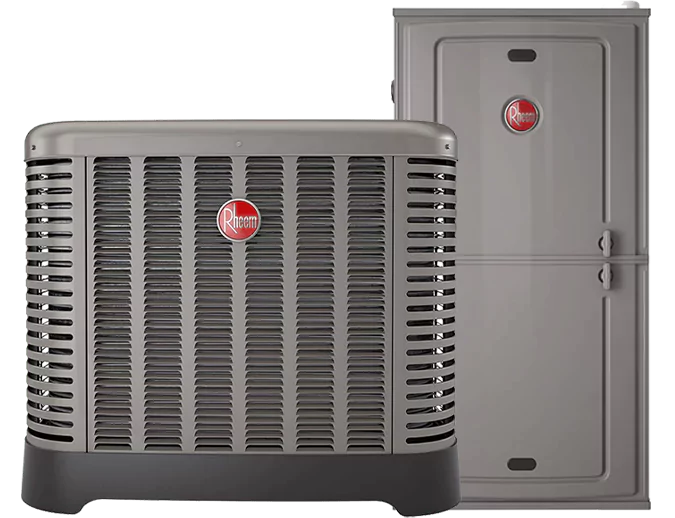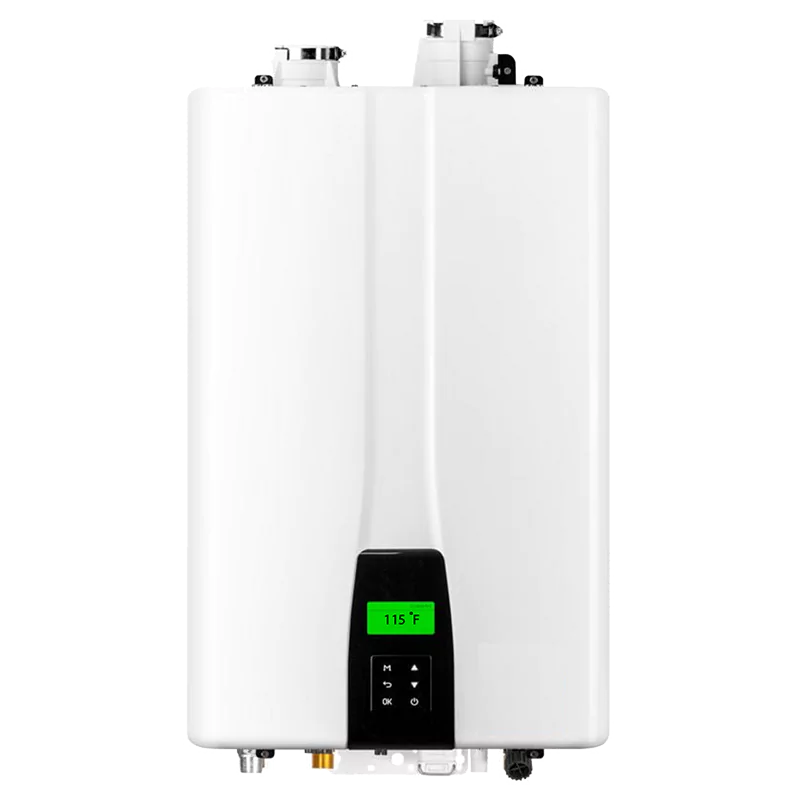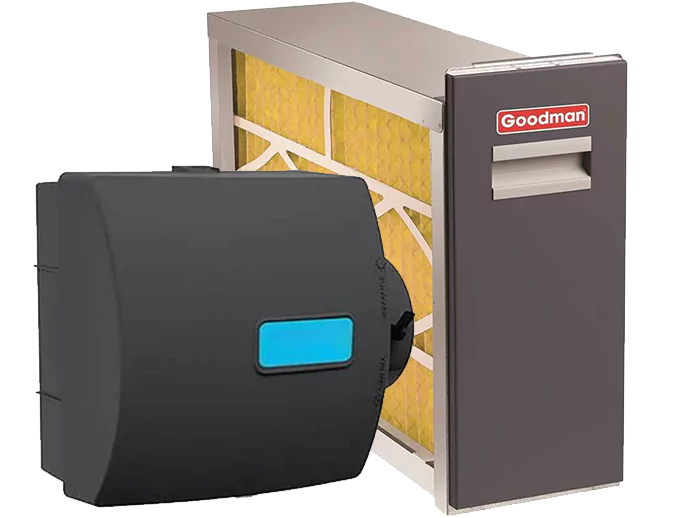Have you ever come across a wet spot on your ceiling, directly under your tub or shower upstairs, which kept on getting worse by the day? And what was the next thing you did? Did you call a plumber (403-216-8439) to have it checked and repaired? Was the plumber sure that he diagnosed the cause of the problem correctly before he explained to you what needed to be done and how much it would cost you?
You have no choice but to be extremely sure about the correct diagnosis before the huge ceiling is hammered and cut open, because a majority of the plumbers and technicians may not be able to get it right the first time. It is extremely critical that the source of the leak is correctly identified and rectified accordingly. You will not only lose a lot of money in unnecessary repair work but also be inconvenienced the next time with the same leaking problem.
What could be the possible causes of a plumbing leak from the ceiling?
- Faulty Faucet or tub spout
- Improper sealing of the trim plate
- Bad caulking in or around the tile of the tub/ shower upstairs
All of the three culprits mentioned above do not require the plumber to dig a hole in the ceiling to identify the source of the leak. What actually needs to be done in these cases is to get the shower and tub area completely waterproofed, in turn avoiding recurrences of such plumbing leaks.
Once the waterproofing is taken care of, the section of the damaged ceiling will have to be repaired and it is best to call the water damage company professionals who will fix the water damage and bring back the original look of the ceiling, as the plumbers will merely fix the leaking problem for you.
How to ensure correct diagnosis of a leak in your ceiling?
The most efficient way to diagnose the source of a plumbing leak is to eliminate the possible causes one at a time. Below is a step-wise process that demonstrates the same:
The first step will be to ensure that there is no leakage or dripping or having running water anywhere in the house.
- Typical water meter
The movement of this small dial will indicate trickling of water and hence, its usage. You can conduct a quick test for this by turning on and off one of the hose bibs and seeing the change in its movement – it will turn when the water is running and will stop when the water is turned off.
However, if you do not see the dial stopping when you turn off the hose bib, it is a case of “supply side” leak. To shortlist further where the leakage has arisen from, turn off the main water control valve of the house. If the dial still doesn’t stop, the leak could be outside the house; but if it does stop, then it is surely inside somewhere. Another step you can take to further shortlist the leak source is to turn off the cold water supply to the water heater. If the dial doesn’t stop, it could be a case of cold water side leakage, else on the hot water side.
Once your test identifies the source of the leakage, say if it is from the supply side, the best approach thereafter would be to work your way from the bottom upwards. You will then be required to get on top of a ladder under the ceiling where you have the wet mark. Just create a small hole in the ceiling using a screwdriver, which will help drain out all the stagnant water and will let you see if there is any fresh leakage. Pay attention to any sound (dripping etc) that you may hear and it will simplify your task of identifying the plumbing defect.
The next step will involve putting a plug on the tub drain and pouring huge buckets of water into the tub till it is substantially filled up, simultaneously ensuring that the water does not splash anywhere else outside the tub. Wait for some time to see if the leakage is showing up on the ceiling. Assuming it still doesn’t, then there is no issue with the “strainer”. However, if it does, then there could be two possible reasons:
- The strainer is loose, which can be resolved by retightening it.
- The sealant or the putty is out, which can be repaired by applying fresh putty between the tub and the strainer.
Faucet is faulty, so will need a replacement. Pipe connecting the faucet and the tub spout is defective and will need to be replaced with a new one instead.
Check around the shower handle if there is any damage to the wall and then turn on the shower. Do ensure that the water from the shower does not splash on the walls but goes directly to the tub. If you see a leakage on doing this, then the issue lies either with the pipe that connects the shower head and the faucet or with the shower arm. In most of the cases, the shower arm is more likely to be faulty and a quick replacement of the same will rectify the leakage problem.
Finally, spray some water using the shower handle over the doors, walls etc and try splashing it even on the shower handles, tiles, overflow cover etc and any other area which may be exposed to water while using the shower. Remember to try these steps one by one and wait for some time to see the results.
By now, the exact issue would have been known and the plumber will guide you on how it will be treated in the best possible manner at a reasonable cost.
However, it is worthwhile to mention that majority of these ceiling leaks caused by a plumbing defect in the upstairs tub/ shower can be treated by just caulking the tub and the tile since the tiles are the main problem area. So you can easily do without removing the sheetrock from the ceiling and increasing the work and cost manifold. Happy Plumbing!
Clearview Plumbing and Heating is a Calgary Plumbing company based in Calgary, Alberta, Canada which is available round the clock to carry out any type of Calgary Plumbing job.
You can reach us any time at 587-741-1562!





